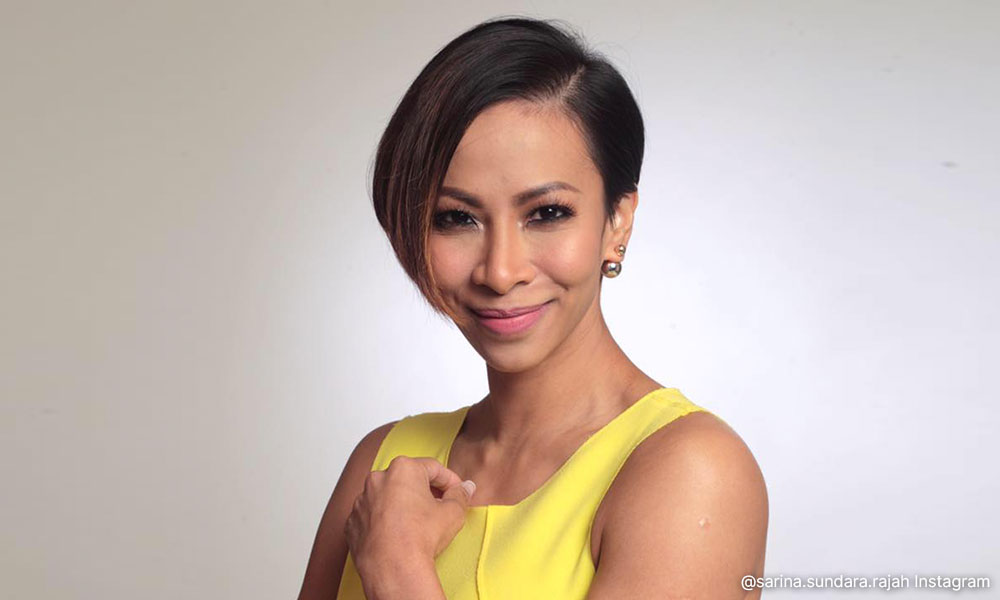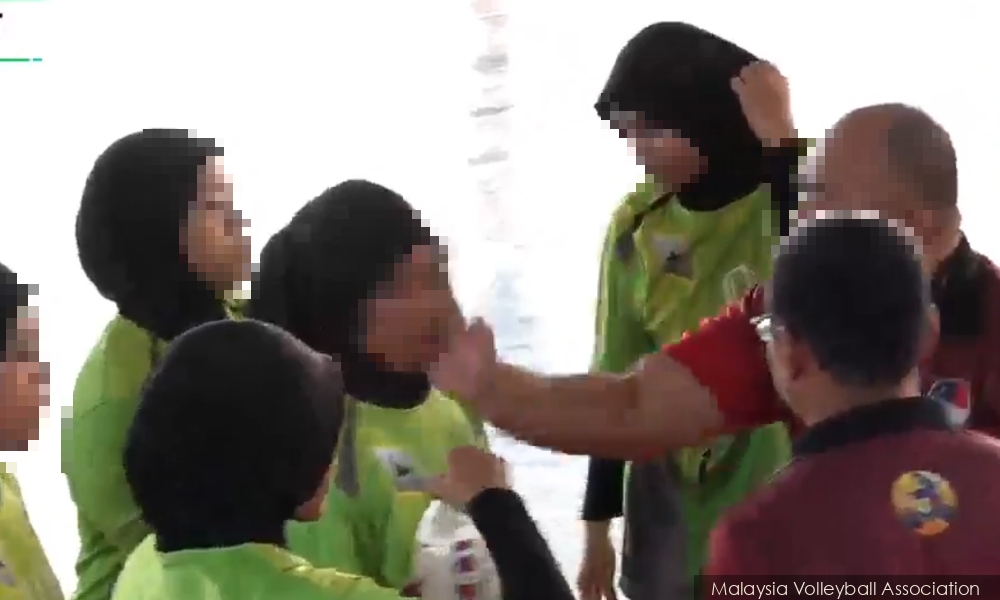Following the change in government, former national rhythmic gymnast and Commonwealth and Sea Games gold medalist Sarina Sundara Rajah is determined that the Safe Sport Act does not get lost in the mix.
Last year, then-minister Ahmad Faizal Azumu said the Youth and Sports Ministry is working on laws to ensure the safety of athletes, and that officers have been tasked to work on developing a Safe Sport Act.
Sarina (above) is now engaging with the new administration and will be in Putrajaya this afternoon to attend a meeting chaired by new Youth and Sports Minister Hannah Yeoh to discuss the development of the code.
“In Malaysia, there are no comprehensive protective laws in sports, leaving athletes at risk of abuse. The implication of not having a law to deal with specific sports offences beyond the scope of authority is that they carry on with impunity.
“When perpetrators are found to have abused athletes, there are no consistent standards for sanctions across sports. As a result, many who are tied to abuse are still training or coaching today.”
The Safe Sport Act will impose safeguards in sports organisations, expand mandatory reporting of suspected abuse, include mandatory prevention training, and provide whistleblower protection to prevent retaliation,” Sarina, who is Safe Sport Malaysia president, told Malaysiakini.
She said it was very important the safety of athletes not be swept aside and that it be treated separately from “just” issues that fall under the Sexual Harassment Act.
“Recent findings from a survey commissioned by the former youth and sports minister via IYRES raise serious concerns about the extent to which sports authorities perceive and act upon their obligation to protect athletes' safety. Unfortunately, this report has yet to be made available to relevant stakeholders, let alone the public.
“Safe Sport is a long-overdue reform. There is an urgent need to develop new safeguards policies and carefully designed structures to deal with these cases and meet athletes’, victims’, and survivors’ needs,” she added.
She said the “placeholder” Safe Sport Code will serve as an immediate protection measure while awaiting the drafting of the Safe Sport Act, and will help stakeholders better understand what abuse looks like and how to prevent it.

‘Sport-induced Stockholm Syndrome’
Recently the case of a volleyball coach slapping his players made headlines, and some were appalled when the father of one of the players was quick to forgive the coach.
“This case has highlighted the effects of prioritising performance over athlete health and well-being, contributing to the occurrence and perpetuation of abuse.
“In addition, studies show that once a coach’s team or athletes experience winning, a reputation of success develops for the coach, further reinforcing abusive and harmful coaching practices.
“Coaches are often viewed as ‘gods’ or ‘parent figures’ to young athletes. Through their leadership position in sports, they can command compliance with rules and practices and apply rewards and punishments,” said Sarina.
She added that even parents may lose sight of their children’s healthy development from the benefits they gain personally resulting in a “sport-induced Stockholm syndrome”.
Stockholm syndrome is a coping mechanism in a captive or abusive situation in which the victim develops positive feelings toward their captors or abusers over time.

“We must challenge this belief that abusive methods are ‘functional’ – that it leads to improved performance in sports. Instead, we must embrace alternative coaching methods while striving to win.
“Fortunately, it was captured on the video. As a result, everyone is now witnessing how normalised abusive practices and behaviours directly lead to manipulation, harassment, and abuse.
“Studies have shown that fear of retaliation is one of the reasons why people remain silent. In addition, it is well known that those who report internally and blow the whistle, including those who support the cause, may suffer adverse consequences for speaking up,” she said.
History of abusive coach-athlete relations
Previously, several athletes including national diver Pandelela Rinong and former national swimmer Cindy Ong came forward to reveal sexual abuse and harassment suffered by athletes at the hands of sports officials, while the issue also surfaced following the death of national runner Rabia Abdul Salam in 1994.
Sarina who won the gold medal in the Commonwealth Games in 1998 and Sea Games in 2001 was just a teen when she experienced sexual harassment in the sporting arena, and has previously cited an incident that took place during a team-building exercise with athletes from other sports.
“The youngest athletes were teamed up with older athletes. So we were in a circle, playing cards. This guy seated beside me placed his card on his penis and wanted me to reach out there and get it.
“At that time, I knew it was inappropriate, but I did not know what to do and who to speak to. So I just ignored it,” she recalled.
Such cases occur around the world with the US gymnastics abuse scandal involving Dr Larry Nassar being a prominent one that finally resulted in punitive legal action.
“Nassar used his position as an elite doctor with USA Gymnastics and Michigan State University to groom and sexually abuse more than 500 young girls and women over 20 years. The people and organisations who enabled him, including parents and officials, allowed the abuse to continue despite having legal, legitimate evidence of child abuse,” said Sarina.
Nassar eventually pleaded guilty to child pornography, tampering with evidence, seven counts of rape of minors and an additional three counts of rape.
Sarina said the lengthy period when he had access to his victims was due to an institutional culture that allows these individuals to escape accountability for their actions and, sometimes, inactions.
“This is only one example of how enablers create harmful environments. Targeting only the perpetrator leaves enablers in positions of power, allowing future abuse to continue. If we deny that enablers are responsible for the victim’s abuse, we ignore a system of complicity perpetuating a cycle of abuse.
“Abuse in sports is widely accepted as a systemic problem. Unfortunately, many instances of abuse are unreported due to sport’s structural and cultural processes that operate to perpetuate a culture of inaction.
“The lack of progress in tackling abuse in sports is also caused, in part, because administrators did not believe it was a problem within their organisations. This belief has led to inadequate athlete protection policies and safeguarding measures.
“For a safe sport to happen, it must be independent. But unfortunately, the current system is designed to protect sport and its reputation instead of identifying victims’ justice, needs and systemic causal factors,” she said. - Mkini




No comments:
Post a Comment
Note: Only a member of this blog may post a comment.